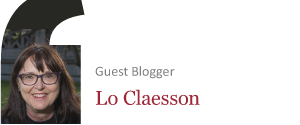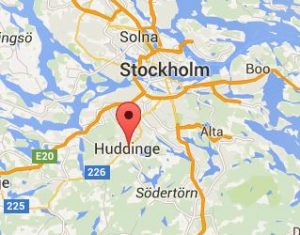Prior to the development of a new library program, Library Director Nick Jones and the library responsible at Huddinge library analyzed library statistics and inserted it in a broader context. They have taken into account socioeconomic factors, public library use (non-library users), and geography to better plan future needs for library services.
Socio-economic factors will determine how prone someone is to use the public library services. Socio-economically disadvantaged groups use them generally to a lesser extent. The differences in use are greater in the digital services than in the physical libraries.
People living in socio-economically weaker sections of the municipality are generally less likely to travel and / or move to visit the public library.
There is a marked reduction in the use of public libraries in the proportions of the population living outside a radius of 500 meters where from area libraries and 1,500 meters from the main municipal library. Equal access to public libraries is offered today to 43.2% of Huddinge’s population, i.e. those living inside these radii.
One can positively affect this radius of equitable access to supply, facilities, opening hours and by placing public libraries in environments where they are integrated with other social and commercial services. However, this requires resources.
The perceived availability of public libraries as a public place is adversely affected when the public library is located in close proximity to the school premises.
30% of those who currently do not use public libraries would like to do it.
30% of those who use public libraries today would like to make it even greater extent.
(Facts from Peter Alsbjer’s blog)
Nick Jones is available to answer questions about the statistical work and can be contacted at Nick.Jones@huddingse.se

